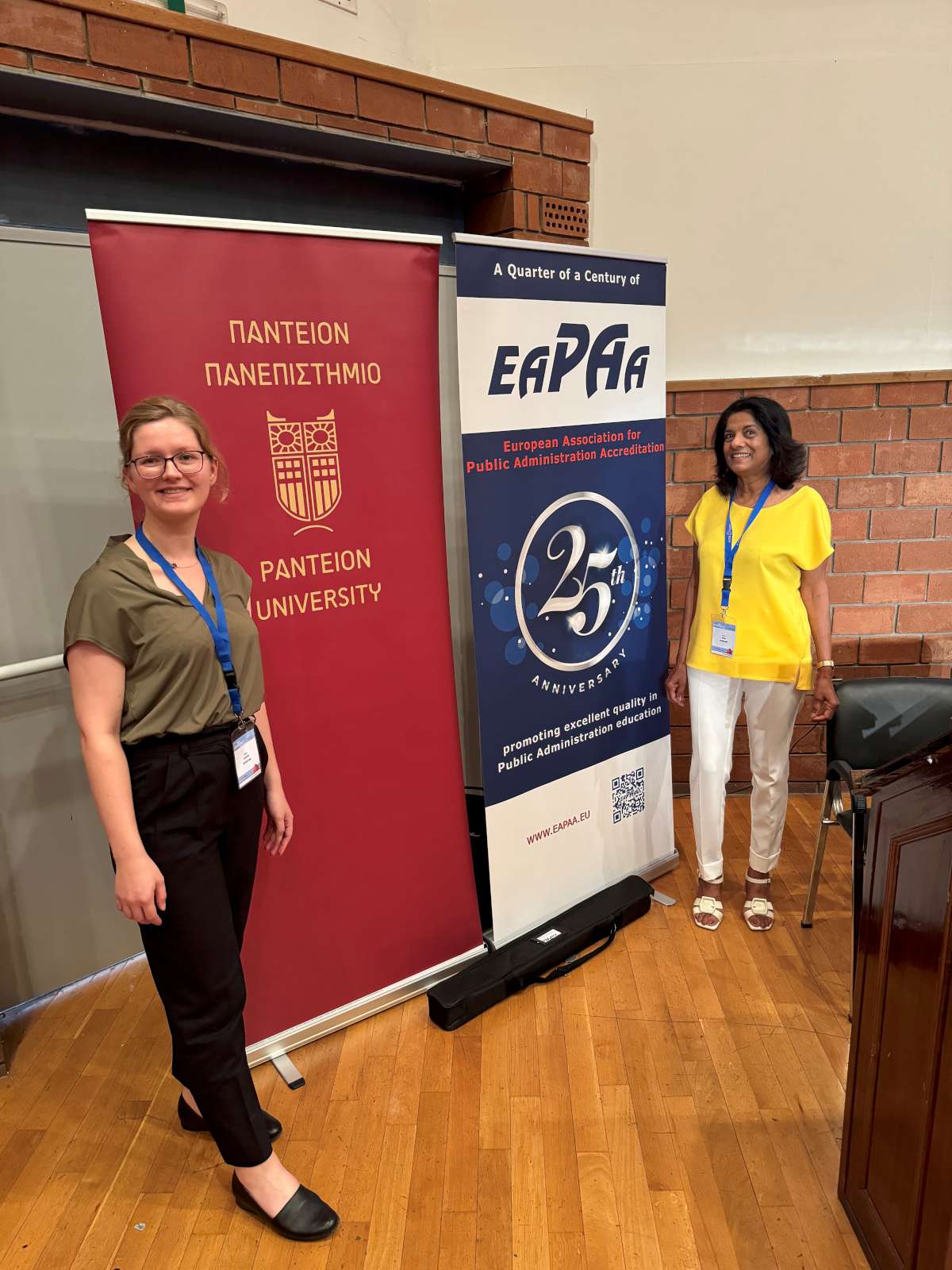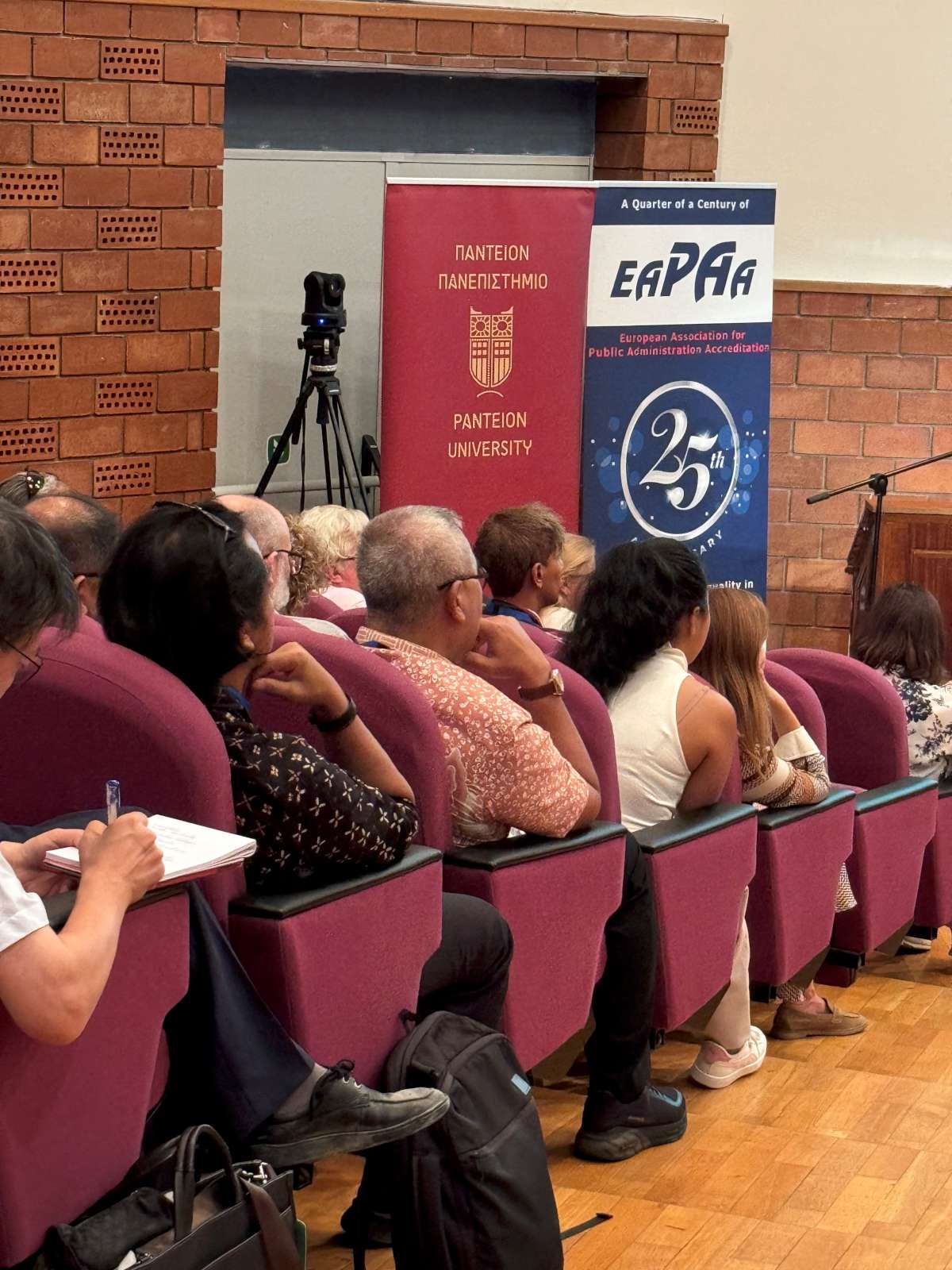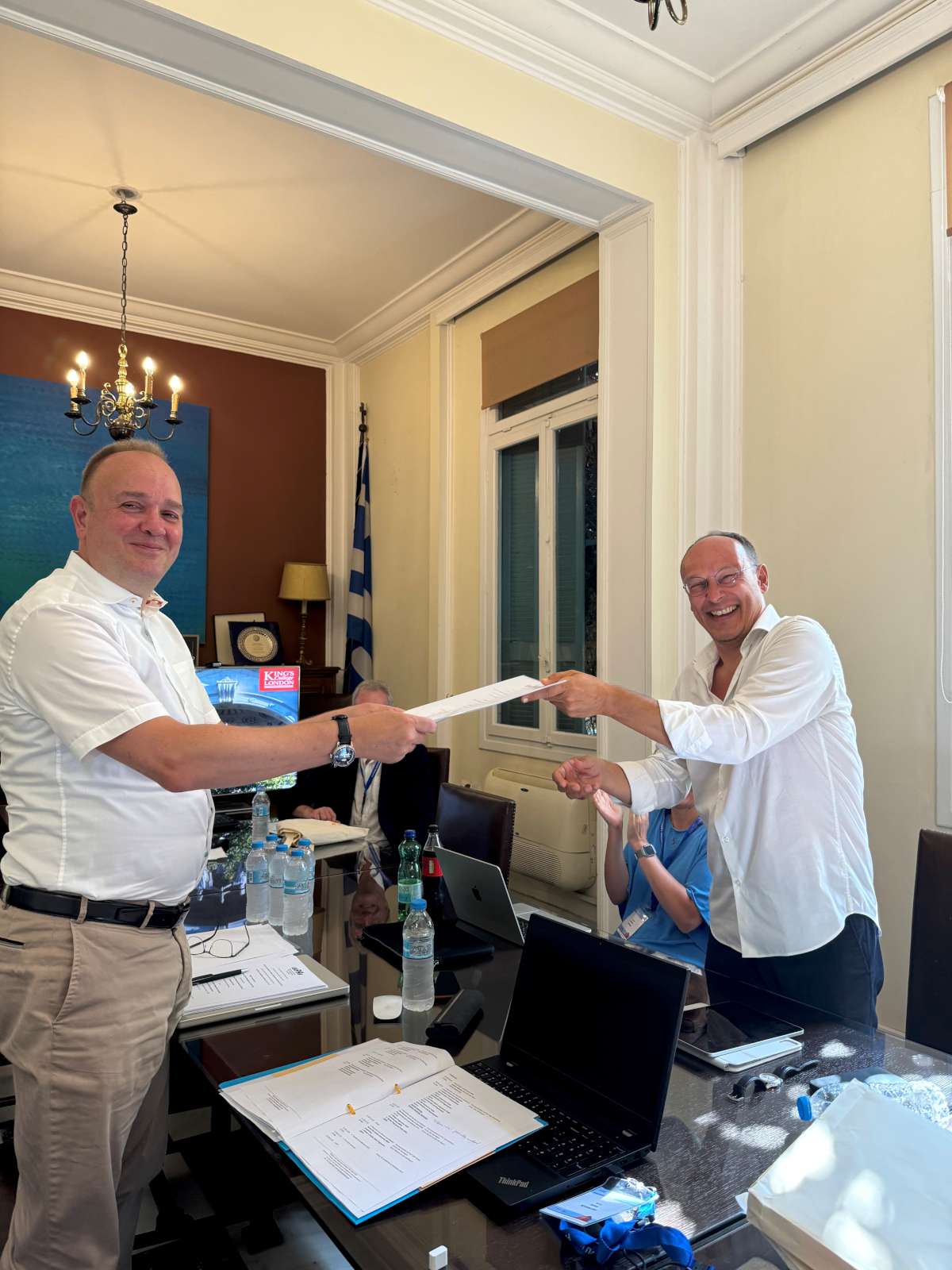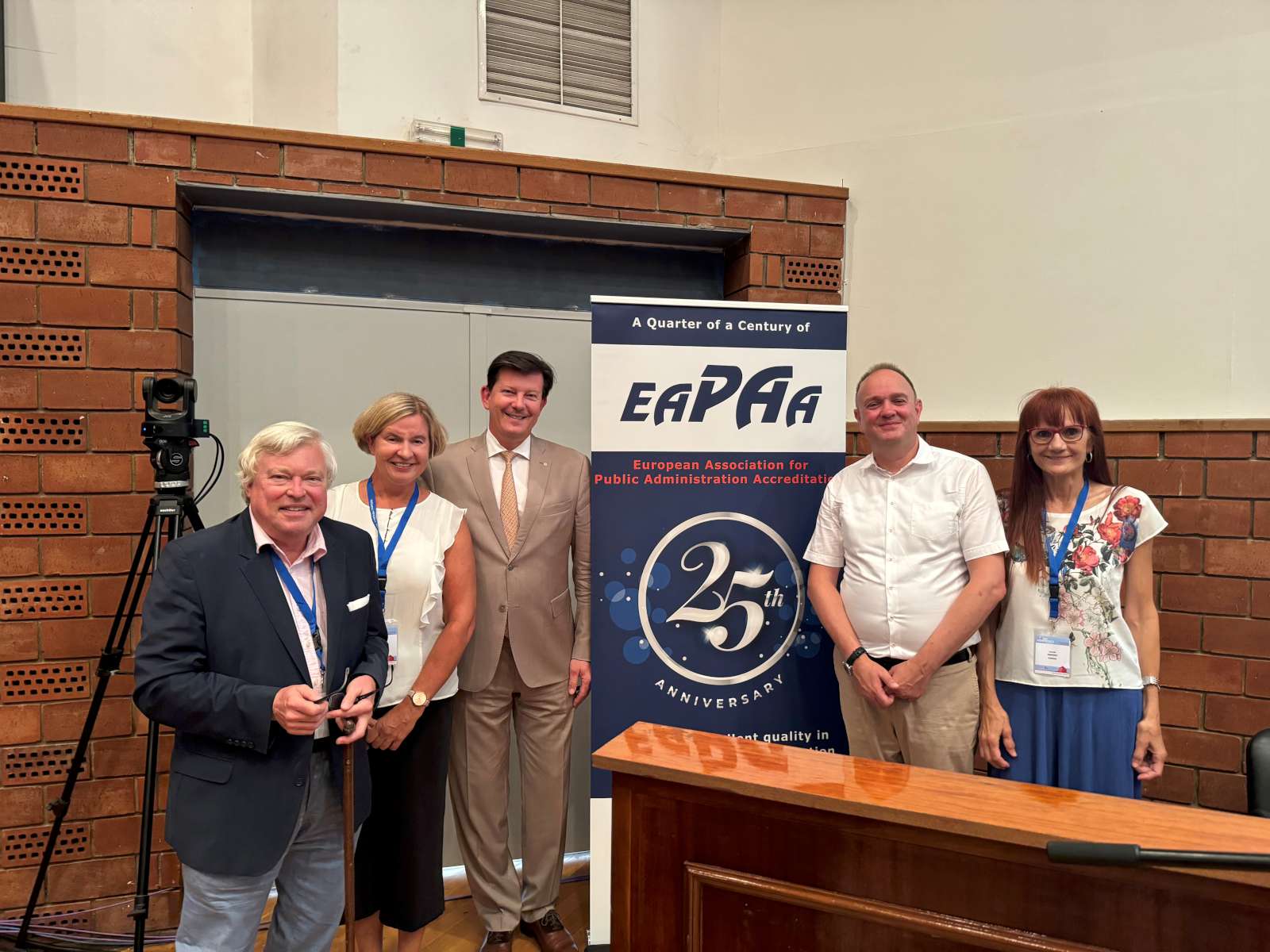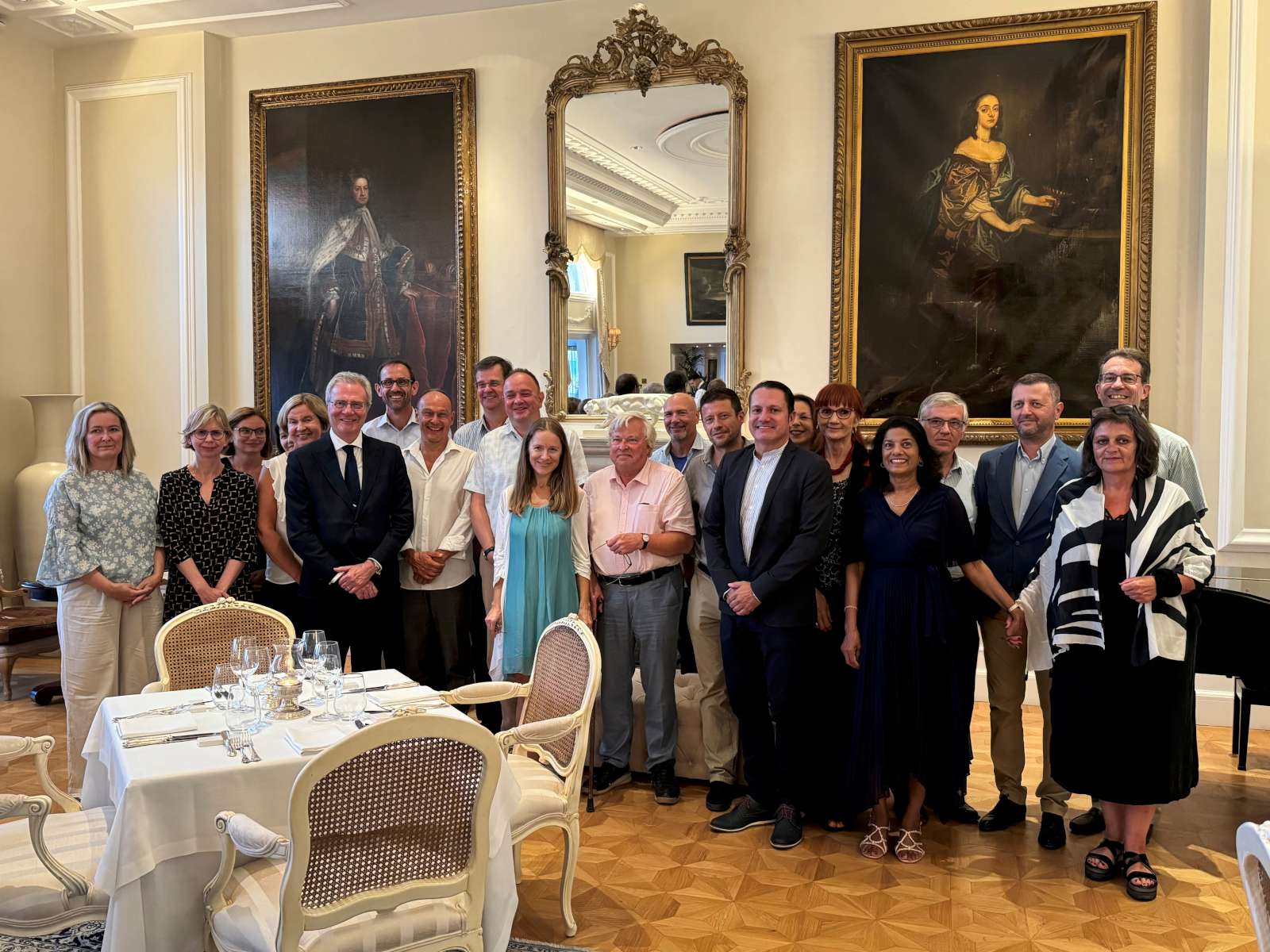EAPAA 25 years promoting quality in PA education
In 1999, at the EGPA conference, Prof. Huib de Jong, dean of the University of Twente’s Public Administration Faculty, initiated a discussion on establishing quality standards and accreditation for European public administration programs. The idea resonated with attendees, and with support from EGPA and NISPACee, an association under Dutch law was formed: the European Association for Public Administration Accreditation (established December 13, 1999), with Geert Bouckaert as the first chairman.
The NASPAA (National Association for Public Administration Accreditation, USA) criteria served as a starting point for developing our own quality standards, but these were adapted to consider the wide diversity of public administration training in Europe. The focus during assessment is on a program’s self-defined mission, educational philosophy, and objectives, while also considering the national administrative context.
Fueled by the passion of public administration experts across Europe, the accreditation system became operational within three years. In 2002, the first Site Visits took place at the Master of Science in Public Administration programs of Gothenburg University (Sweden) and Erasmus University (Netherlands), both of which received accreditation by the end of the year. Since then, 79 programs have been completed.
In my opinion, this is a successful initiative, and I am grateful that I was able to contribute to it for many years. On to the next 25 years!
A Quarter of a Century of EAPAA
Establishing an association to enhance the quality of public administration programmes in Europe became a logical decision to take around the turn of the century.
There are two major streams that were relevant. The first stream was the position of the public sector in general, and this public sector in Europe in particular.
The public sector
First, it is about the public sector. The rational is to emphasize that the public sector makes positive difference to society, and that research and teaching public administration will help this public sector to be even more part of the solution, or perhaps even the solution for many societal problems.
Second, there is a conviction that most European countries are not Anglo-Saxon which implies that certainly continental Europe is not ruled by common law and therefore has not a common management or administration with the private sector. Private for profit administration is different from public administration.
Third, the whole movement of public sector reform since the end of the 1970s affected many European countries. In its complexity of a northern, southern, western, and central and eastern part of Europe, all countries were influenced by the so-called new public management which pushed for a minimized public sector which used marketizing drivers to focus on performance. This requested other types of research and teaching.
University programmes
A second stream was to enhance the quality of teaching university programmes in general. This affected public sector related programmes which were very diverse within Europe and depending on administrative cultures, legal frames, and path-depended embeddedness in university structures.
All this converged to a decision by members of the two major public administration communities, EGPA and NISPAcee to establish EAPAA. One of the key countries to take the lead in this agenda was The Netherlands. Their high number of PA students and scholars, their efforts to look at US based accreditation systems, their major centre of expertise on teaching in at the university of Twente, and their willingness to take the lead in accreditation made it an obvious case to establish EAPAA according to Dutch law.
The EAPAA culture of accreditation was also very European. There is a respect for the variation of administrative (national) cultures. There was a firm conviction that teaching and research should be connected through EGPA and NISPAcee. There was a shared deliberate choice not to use market-type-mechanisms, based on high fees and including a consultancy kind of business model, as our model. Instead, our model became a networked type peer review model where we supported, shared good practices, and where our ultimate objective is to increase the European level of PA in all parts of Europe.
This resulted sometimes in some tensions with a hierarchy-driven official level of accreditation which all countries have as part of a legal requirement of recognition to deliver recognized diploma’s by ministries.
It has been an honour and a pleasure to contribute to EAPAA in different capacities. It was an enormous learning cycle to visit and see the diversity of programmes in this European learning space.
The future promises that we will need more and better government, and that preparing citizens, scholars, students for this next generation will be even more important. The challenges of SDGs, of crises and turbulence, also politically, will show the need for a clear strategy for our public sector in the European Union.
This implies an even larger role for EAPAA in the future of Europe.
I would like to congratulate and thank all those that have contributed to EAPAA during these twenty-five years. Even when so many people have given their best time and efforts to EAPAA, so listing them is almost impossible, I just would like to thank explicitly two persons who belong to the backbone of EAPAA. Theo van der Krogt and Seeta Autar have given EAPAA not only a high level of professionalism, over all these years, but also have been the human, gentle, and warm face of EAPAA. Thank you so much Theo and Seeta.
The next decades, the next generation, will need more of EAPAA, to create a better public sector for a better society at large. If EAPAA would not exist, we would need to invent it again.


